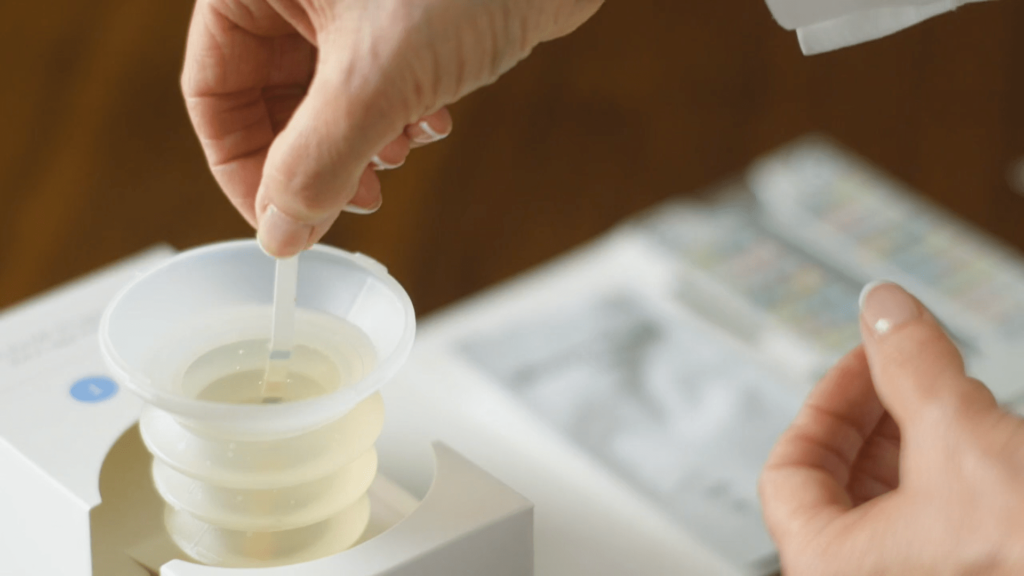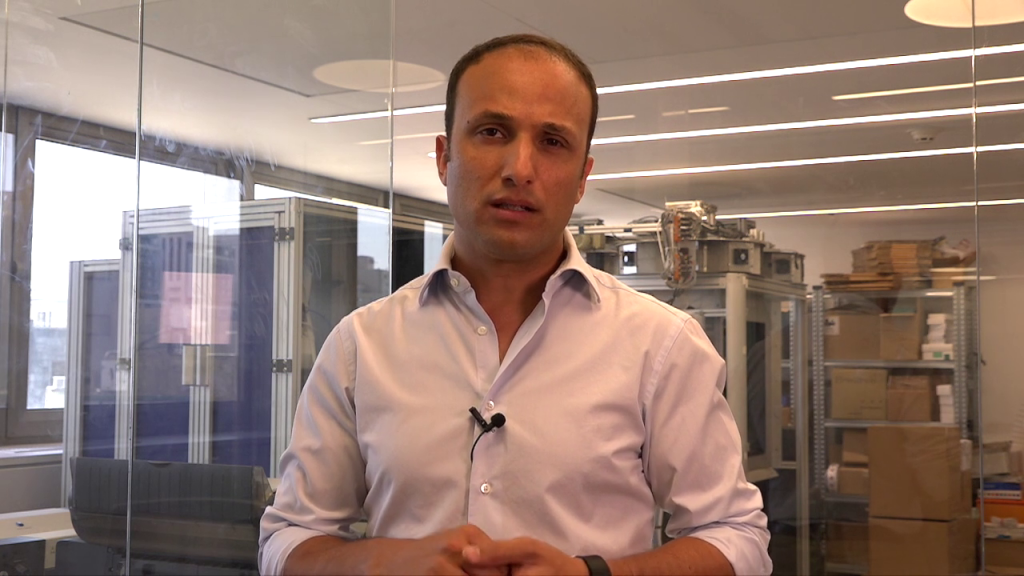The challenge of mitigating and distributing risk is as old as society itself. Early forms of what we now call insurance were first used thousands of years ago. And while today’s insurance schemes are infinitely more sophisticated than those of yore, the basic idea—pooling the funds of many to pay for the losses of some—remains the same. How can modern-day health insurance be designed to deliver better health outcomes, without departing from the core tenets of insurance? And how can innovative technology help? Healthy.io recently sponsored an event, Value-Based Insurance Design & the Digital Front Door, exploring those questions.
The event was hosted by Eric Glazer, CEO of Shared Purpose Connect, and featured Dr. A. Mark Fendrick, the creator of Value-Based Insurance Design—or V-BID for short. The principles of V-BID are already shaping the way countless Americans are cared for. Perhaps most prominently, they played an integral role in shaping the COVID-19 vaccine rollout by creating incentives designed to reach those most in need of the vaccine. As V-BID’s importance will only grow going forward, it is especially vital to examine its implications for the future of digital health and remote care technology—and what such technology has to offer Value-Based Insurance Design.
The key principles of V-BID are deceptively intuitive. Value-based healthcare shifted the emphasis from the quantity of care services provided to the quality of the health outcomes: from volume to value. V-BID goes a step further, examining the incentives of all the players in the healthcare field—payers, providers, and patients—and subtly recalibrating them to maximize health outcomes.
Dr. Fendrick felt the need to shift incentives firsthand, as a physician. He told the New York Times that he found his patients were preoccupied with the size of their copayments for things he regarded as medical necessities. “It makes no sense that they pay the same co-payment for a lifesaving drug to treat diabetes or cancer, as for a drug that makes toenail fungus go away,” he said. What if the cards could be reshuffled so that people would pay less for the things that make them healthier, and more for the things that aren’t particularly helpful—or even harm them?
Designing insurance to realign incentives requires a two-pronged approach, one that creates synergies that Dr. Fendrick compares with everyone’s favorite sandwich. Traditional value-based care revolutionized the “supply side” of healthcare. By prioritizing quality over quantity, it brought much-needed reform to payer and provider policies. Dr. Fendrick calls this “peanut butter”. But that sticky sandwich needs “jelly”: patient-facing strategies created to educate and engage, and benefit programs that nudge patients towards the care processes that will lead to the best outcomes for them. Only realigning incentives for both sides—supply and demand—can create a delicious synergy greater than the sum of its parts.
In the face of the pandemic, healthcare systems around the world began to rapidly deploy remote care solutions in order to minimize both disruption to care and the risk of contagion. Dr. Fendrick and his colleagues were quick to shine a light on the need to establish a value-based “new normal” for telehealth. Despite the unexpected swiftness of the adoption of remote care technologies during the height of the pandemic, solidifying that “new normal” is anything but a given. On the “peanut butter” side, aligning telehealth policies with payment reform initiatives is crucial for the continued use of telehealth beyond the pandemic. Efforts should be made to guarantee underserved patients’ access to digital devices, thus helping to bridge the “digital divide” and promote health equity. And a robust research effort is needed to examine the impact of telehealth and surface the elements in need of refinement.
Remote care technology is no less promising on the patient-facing “jelly” side. By engaging with patients on a daily—sometimes even hourly—basis, apps designed to monitor patients’ ailments and nudge them towards healthier outcomes can connect with patients in ways that an occasional appointment with their physician cannot. Sometimes, as in the case of at-home kidney testing, remote care can help detect serious and expensive illnesses that otherwise go undetected because of low adherence to lab testing. And because remote care services tend to be relatively low-cost and easy to scale, they are perfect candidates to incentivize the types of behaviors—engagement, ownership, and preventive measures—that lead to positive outcomes.
To hear more from Dr. Fendrick about the future of value-based insurance design, clinically-driven screen-doors—and PB&J—be sure to watch the event below.






